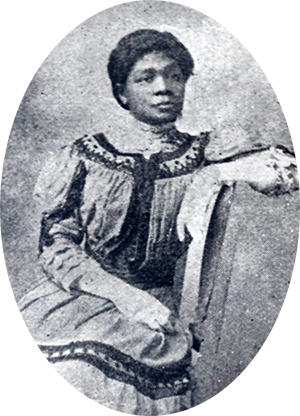Harriet “Hattie” Redmond (1862-1952)
Page Content
 Harriet "Hattie" Redmond, ca. 1900. (Courtesy of Oregon Historical Society)
Harriet "Hattie" Redmond, ca. 1900. (Courtesy of Oregon Historical Society)

“Mrs. Redmond says that while there were 2500 colored women of voting age in this city the [Colored Women’s Equal Suffrage Club] has only 14 members… She attributed this largely to the influence of their husbands and ignorance of the benefits to be derived from the franchise.” – The Oregonian, 1912
The daughter of freed slaves, Redmond resided in Portland during a time when Oregon’s laws and constitution were written to prevent Black Americans from living or owning property in the state. Undeterred, Redmond struggled for acceptance and representation for Black women in Oregon and beyond. Portland society barred Redmond from the women’s rights groups frequented by white suffragists. She instead organized meetings and lectures on suffrage at Mt. Olivet First Baptist Church and in 1912 served as president of the Colored Women’s Equal Suffrage Association.
Like many other women of color, Redmond’s life and contributions to suffrage were virtually unknown until the 21st century. Widowed in 1907, she made a living as a hairdresser, domestic worker, and a duster in a department store until becoming a janitor for Oregon’s U.S. District Court in 1910 – a post she held for 29 years. Historians in Portland uncovered her records in 2012 while conducting research during the centennial of Oregon woman suffrage. Celebrated only after her death, Redmond’s grave at Lone Fir Cemetery now bears the inscription “Black American Suffragist.” Oregon State University students now pursue women’s studies in the Hattie Redmond Women and Gender Center.
Next:
Tye Leung Schulze >